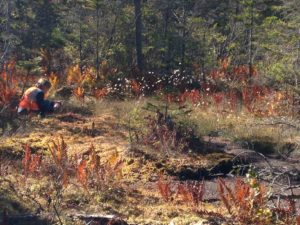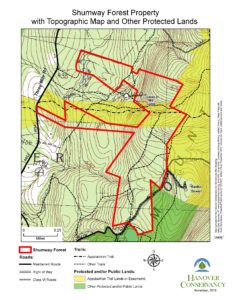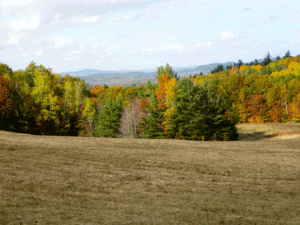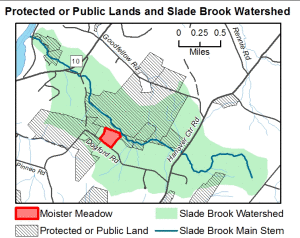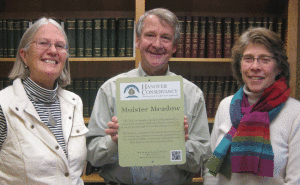We’re putting a lot of faith in the forecast today- this space will be updated if we’re forced to postpone until tomorrow. See you at 4:30!
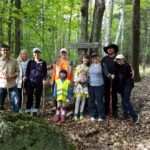
Join us at the main trailhead parking at the top of Velvet Rocks Dr. on Thursday, October 4th for live music, refreshments and a brief history of this conservation success. (RAIN DATE: Friday, Oct. 5th)




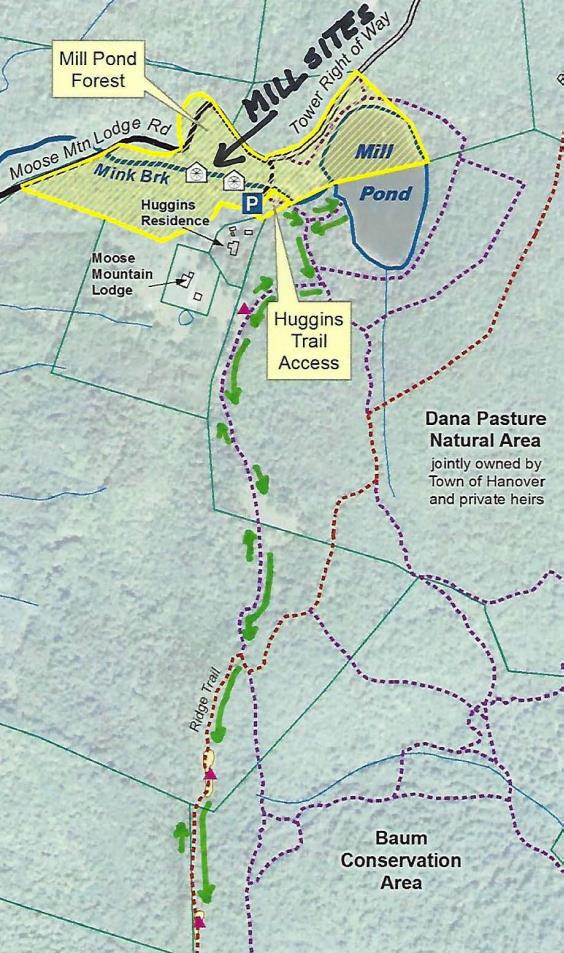
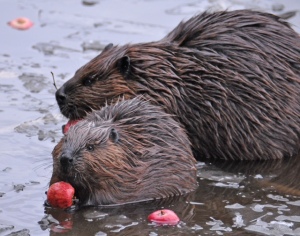
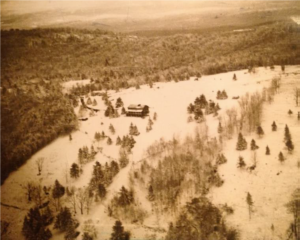
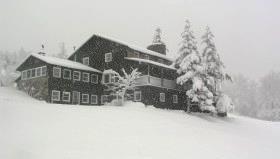
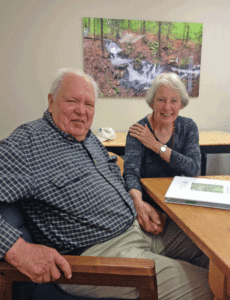
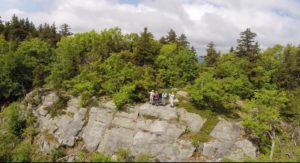
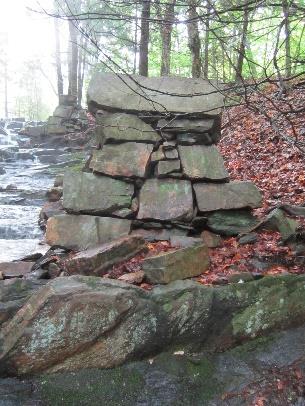 Hidden in the woods are remains of a late 1700s saw and grist mill. They are very close by but invisible unless you make the short scramble through the woods to see them.
Hidden in the woods are remains of a late 1700s saw and grist mill. They are very close by but invisible unless you make the short scramble through the woods to see them.